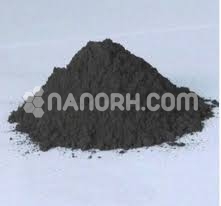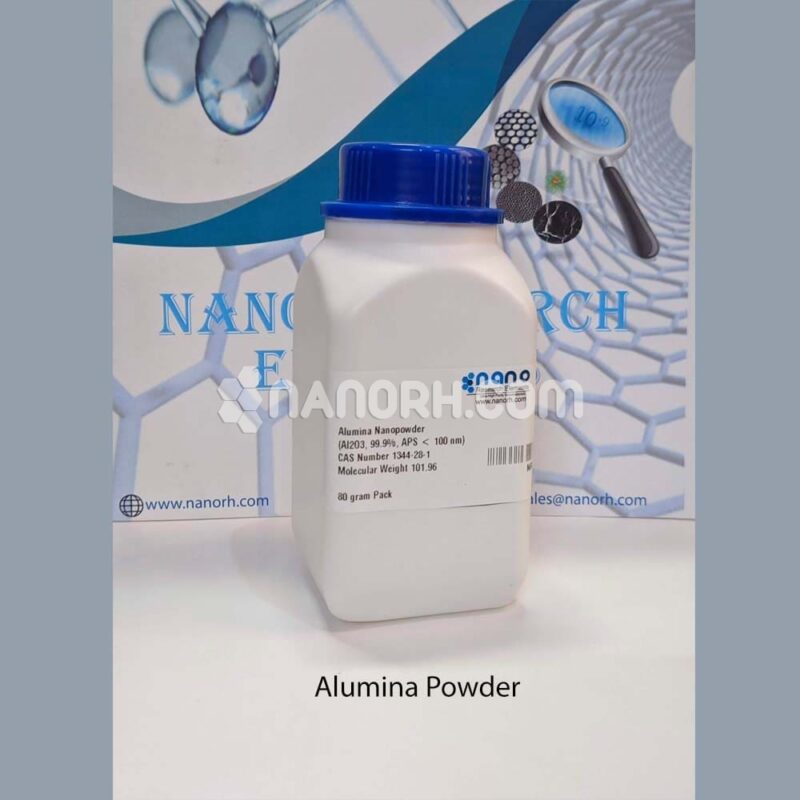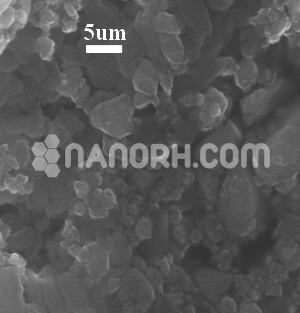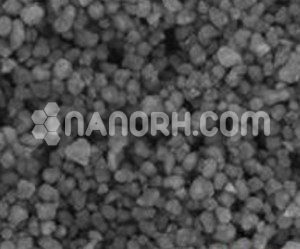| HfB2 Powder | |
| Product No | NRE-11111 |
| CAS No. | 12007-23-7 |
| Formula | HfB2 |
| Molecular Weight | 200.112 g/mol |
| APS | <40um(can be customized) |
| Purity | 99% |
| Density | 10.5 g/cm3 |
| Color | Gray Black |
| Melting Point | 3,250 °C |
| Boiling Point | NA |
Hafnium Diboride Powder
Hafnium Diboride Powder(HfB2) is a refractory ceramic material known for its exceptional hardness and high melting point. It has several applications owing to its unique properties. One of the primary uses of hafnium boride powder is in the field of ceramics and as a component in high-temperature materials. Some of its applications include:
Refractory Materials: Hafnium boride is used as a component in the production of refractory materials, such as crucibles, nozzles, and other high-temperature components that require resistance to extreme heat and wear.
Cutting Tools: Due to its exceptional hardness, hafnium boride is used in the manufacturing of cutting tools, such as drills, cutting inserts, and milling cutters. These tools can withstand high temperatures and offer superior wear resistance compared to traditional materials.
Thermal Protection Systems: Hafnium boride powder is used in thermal protection systems, particularly for aerospace applications. It is utilized in the manufacturing of heat-resistant coatings for components of rockets, missiles, and other high-speed vehicles.
Electrodes and Coatings: Hafnium boride is also used as an electrode material in the field of electrochemistry due to its high melting point and chemical stability. Additionally, it is utilized as a coating material to enhance the wear resistance and high-temperature stability of various surfaces.
Nuclear Applications: Hafnium boride is also being studied for its potential applications in the nuclear industry, particularly for its use in control rods and other components of nuclear reactors.
Composite Materials: Hafnium boride can be used as a reinforcing material in the production of composite materials to enhance their mechanical and thermal properties. These composite materials find applications in various industries, including aerospace, automotive, and manufacturing.




